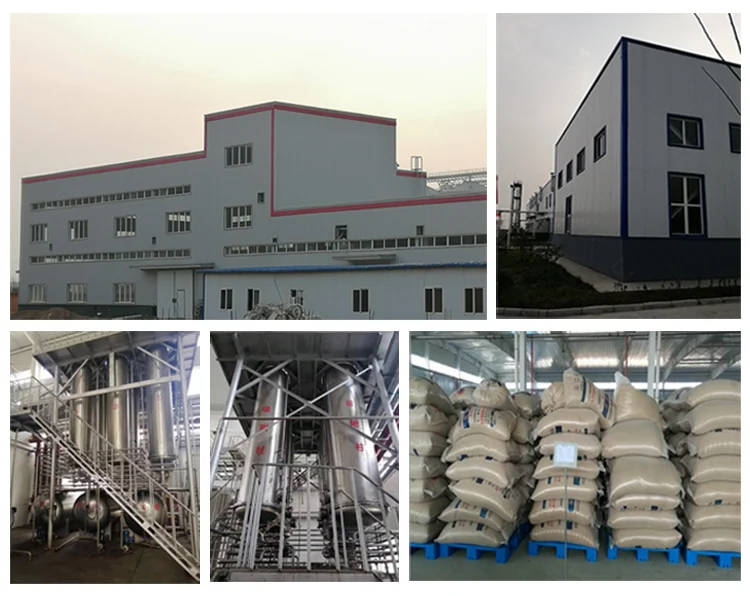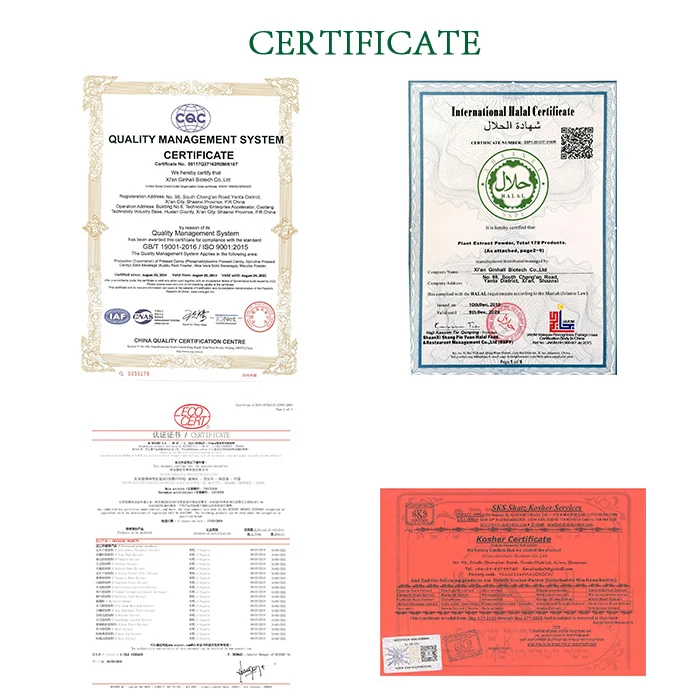
Salicin is produced in (and named after) willow (Salix) bark and acts as an anti-inflammatory agent in the human body.Salicin is also commonly found in the bark of Populus species, and the leaves of willows and poplars. It is also found in castoreum, which was used as an analgesic, anti-inflammatory, and antipyretic. The activity of castoreum has been credited to the accumulation of salicin from willow trees in the beaver's diet, which is transformed to salicylic acid and has an action very similar to aspirin. Salicin was the historical origin of aspirin and is chemically related to it. When consumed, the acetalic ether bridge is broken down. The two parts of the molecule, glucose and salicyl alcohol, then are metabolized separately. By oxidizing the alcohol function the aromatic part finally is metabolized to salicylic acid. Salicin tastes bitter like quinine.
Product Introduction

| Product Name | Salicin | Appearance | Brown |
| Botanical Source | Salix Babyloni | Test Method | HPLC |
| Specification | 15% | Mesh | 95% pass 80 mesh |
| Application | Health Care | Shelf Life | 2 Years |
1.Salicin relieves pain and reduce fevers, including headache, back and neck pain,muscle aches, and menstrual cramps.
2.Salicin has the function of treatment inflammation.
3.Salicin helps to treat scabies,erysipelas, decayed tooth, swelling in the gum.
4.Salicin is effective on dispelling wind-evil, increasing urine, reducing swelling.
5.Salicin has the function of curing rheumatism, blennorrhagia, gonorrhea cloudy urine, pee atresia, epidemic hepatitis.
6. Salicin has the same effect on the body as aspirin without any of the side effects.
7. Anti-inflammation, fever relief, an analgesic, Relieve acute and chronic pain, including headache, back and neck pain, muscle
aches, and menstrual cramps.
8. Anti-rheumatism and function of constringency, an astringent, Control arthritis discomforts.
Application of Salicin
Salicin can used in cosmetic industry;
Salicin can used in nutrition industry;
Salicin can used in pharmacy.








A:Please send our inquiry to get more details.If you both make an agreement,we will make an invoice for you,just do as instructions.
Q2:Is there any discount?
A:Sure,price are closely related to the quality.Buy more save more.
Q3:How about delivery lead-time?
A:Delivery lead time :about 3-5 days after payment confirm.(Chinese holiday not included)
Q4:How long time cost with shipping?
A:3-5 days shipping time deliver to your door.
Q5:How do you avoid customs issues?
A:We have rich experience deal with customs,hundreds of parcels every moth we deliver,detailed documents and certificates will be provided to customs when goods arrive to local port.

We have more categories for you. lf you can't find the products you want above,just fill in the form and tell us whatproducts you want to import from China.


















